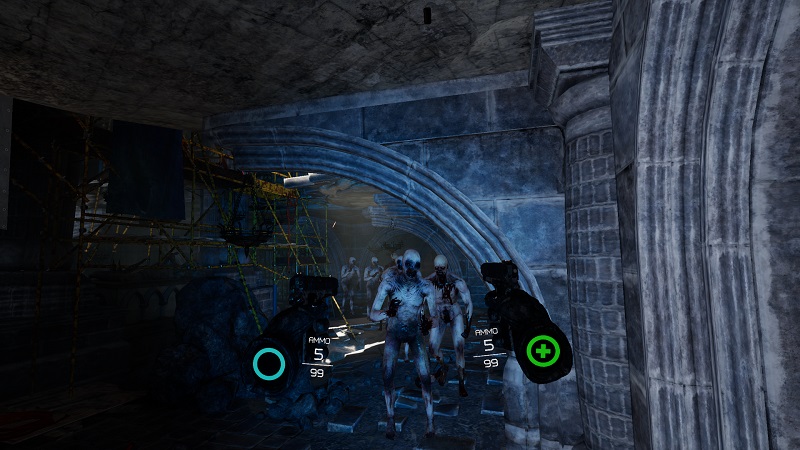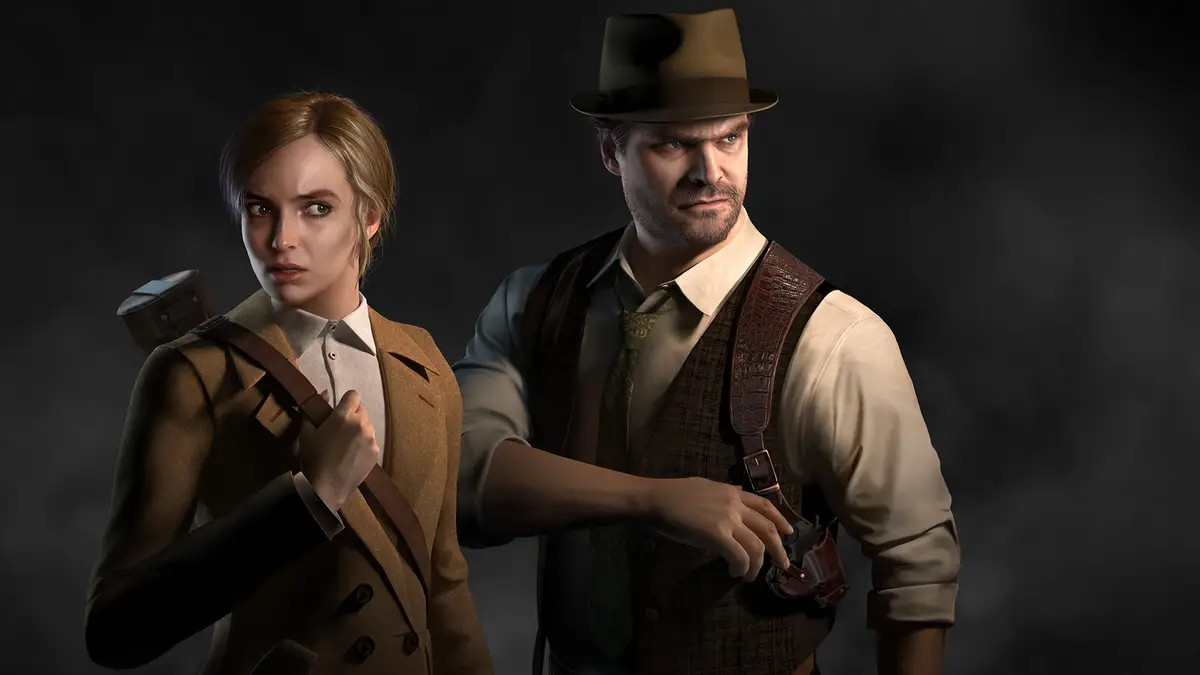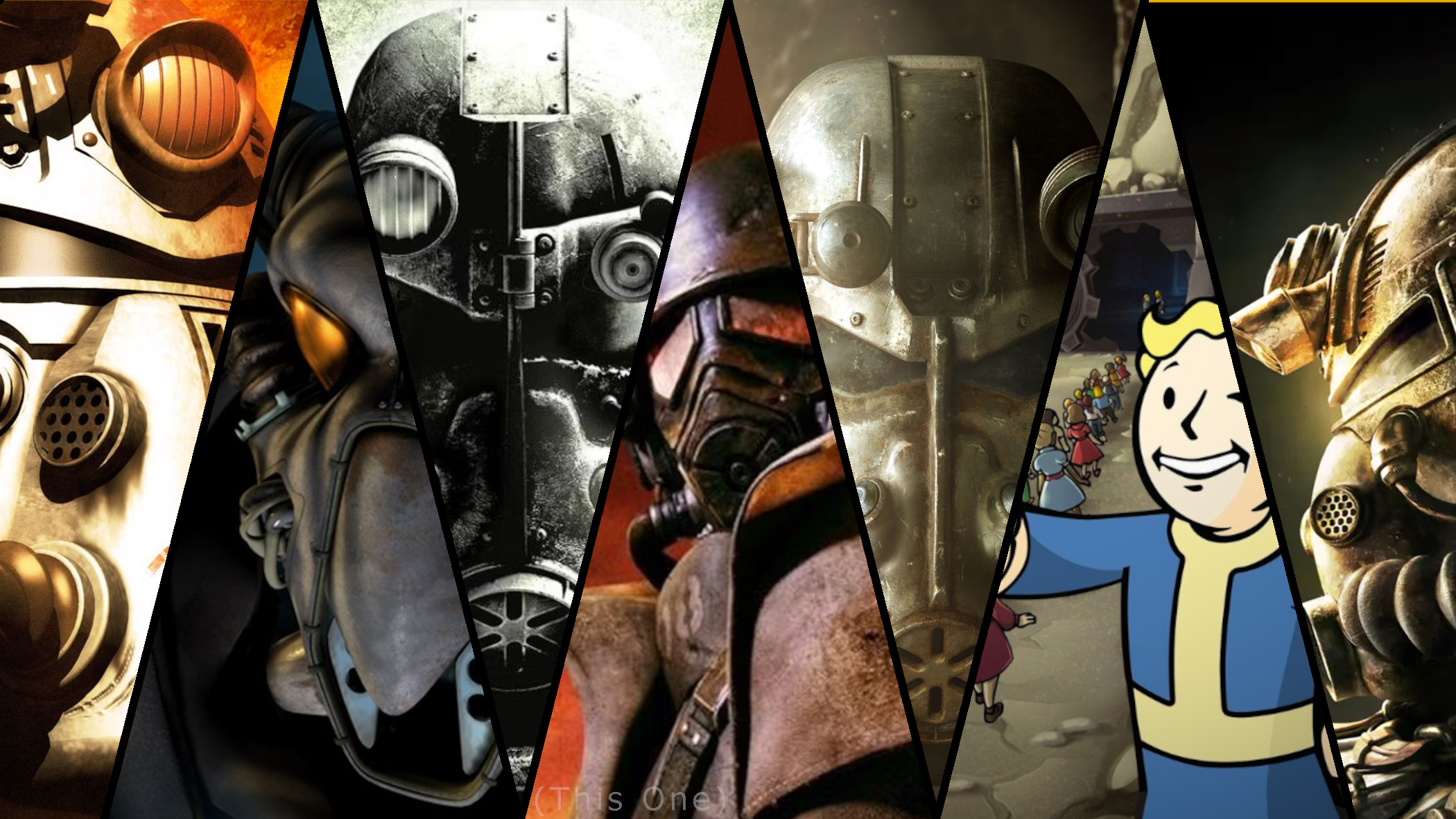Killing Floor: Incursion VR is a survival horror first-person shooter available for download from the PlayStation Store for PlayStation VR. Killing Floor: Incursion is the franchise’s first foray into virtual reality. Killing Floor originated as a PC game which released at retail in 2009; although its origins dated back to 2005 when it was initially released as an Unreal Tournament 2004 mod which went on to sell over 3 million copies on PC via Steam from 2009. Tripwire Interactive was founded in 2005, also being known for the Red Orchestra and Rising Storm series of tactical first-person shooters, while Killing Floor 2 was the franchise’s first venture onto home consoles in November 2016. Can Tripwire Interactive’s leap into virtual reality with Killing Floor: Incursion achieve the same quality as the previous games of the series?
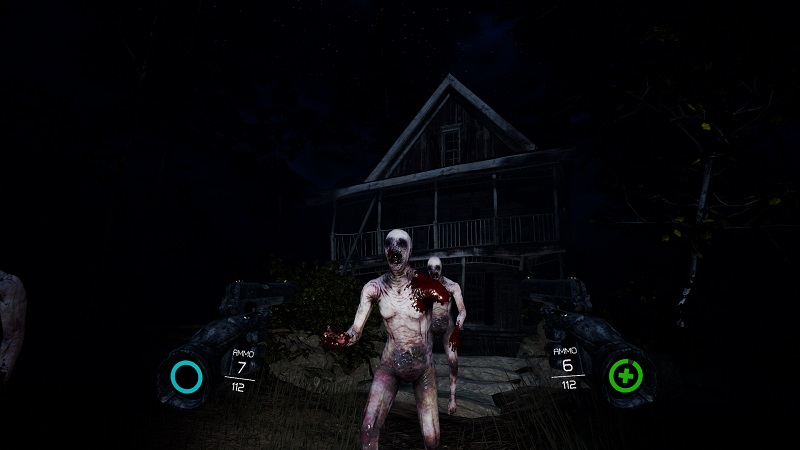
The story revolves around a Horzine security forces soldier that was wounded during his battle against the Zeds. The player is placed in a neurological simulation to keep your character’s brain stable while Horzine medics can repair the Horzine soldier’s body. A Horzine training officer named Emma Rose provides your only communication with the outside world; attempting to guide your character safely through the simulation. However, if your character dies too many times within the simulation, then his mind will most probably lose coherence, potentially leading to the character’s death. The task at hand of guiding the Horzine soldier through the neurological simulation is made all the more harder as something is sending all manner of Zeds towards your character’s position within the simulation.
Gameplay begins with an optional training tutorial that can be skipped through the skip training option, but it is advised to partake in at least some training as it teaches the player how to teleport, utilise health pick-ups, dropping weapons or picking up weaponry from your surroundings, holstering weaponry, firing and reloading weaponry and more besides. The tutorial takes the form of a well paced simulated training environment that should have you fully up to speed within 10 minutes regardless of whether you have played previous Killing Floor games or not.
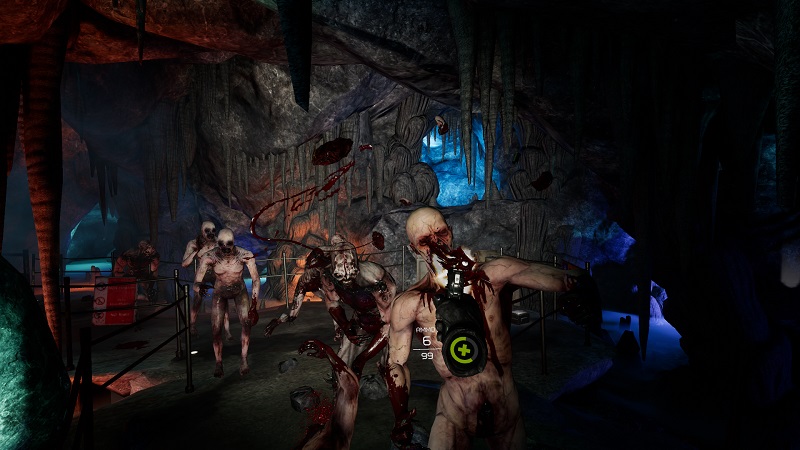
Story mode comprises of an intro to the story and optional training followed by four unique environments that are each split into the beginning, middle and end level boss in which the player solves some puzzles in between killing hundreds of Zeds such as finding a fuel can in order to power a generator to open a large door, looking for many pieces to fit into a wall and more besides, while the real highlight of story mode has to be the multiple endings.
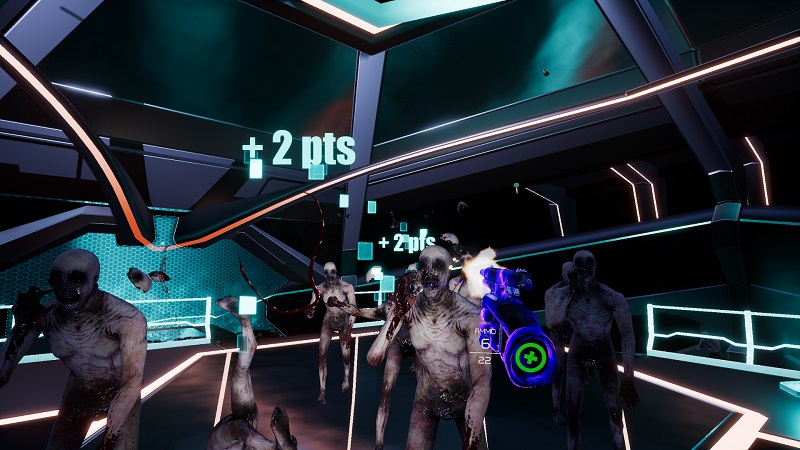
Holdout mode is essentially a survival mode that challenges players to survive an ever-increasing horde of Zeds for a higher placing on the online leaderboards with some different gameplay mechanics including chaining together headshots on Zeds for bonus points and powerful power-ups such as unlimited ammo, 4x damage, healing your character when killing Zeds and more besides that are randomly dropped into the map. However, there is only one location available at first in the form of the Crucible map that is exclusive to holdout mode with a further four locations from story mode that are gradually unlocked.

Whereas the playable character designs in Killing Floor 2 had genuinely unique personalities such as a heavy metal lead guitarist, but the playable character in Killing Floor: Incursion VR does not have much in the sense of a personality. Meanwhile, enemy design is reminiscent to that of Killing Floor 2 as it is quite varied as the majority of the enemies have unique attacks or abilities and vary in size, but have two things in common as they are all capable of creeping up from anywhere and look as though they are straight out of the most horrifying of horror films. Smaller enemies including Cyst, Clot and Slasher inflict the least damage by grabbing your character to immobilise him, although their quantity in numbers when they simultaneously attack is their strength, while Stalkers have a cloaking ability that enables them to attack stealthily. Larger enemies are capable of withstanding just as much damage as they are able to inflict such as the Scrake with a chainsaw in place of their right arm and many more enemies besides. Previous enemy bosses such as Dr. Hans Volter from Killing Floor 2 have been replaced by the gigantic Vile Matron that is actually capable of creating Zeds in order to surround your character’s position. However, medium size enemies including Bloats and Sirens that have been long-time enemies in the Killing Floor franchise are not seen in Killing Floor: Incursion VR.
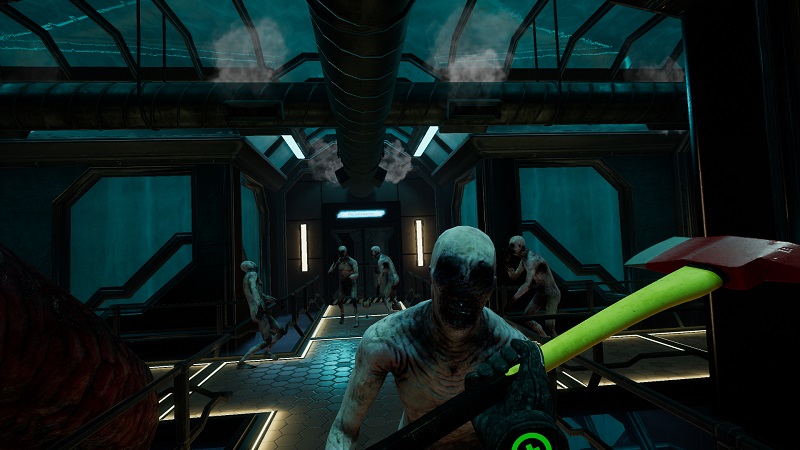
Weaponry is just as varied in comparison to Killing Floor 2 including a single pistol or dual-wielding pistols, grenade, shotgun, machine gun and a sniper rifle. However, when your ammo has been depleted; you can pistol whip Zeds, use knives, swing an axe, slap or punch with a closed fist and even pick up limbs from Zeds to use them to slap nearby Zeds silly. A flashlight is also available to shine a light on darkly lit areas for an indefinite period of time that is really capable of helping you to find important items.
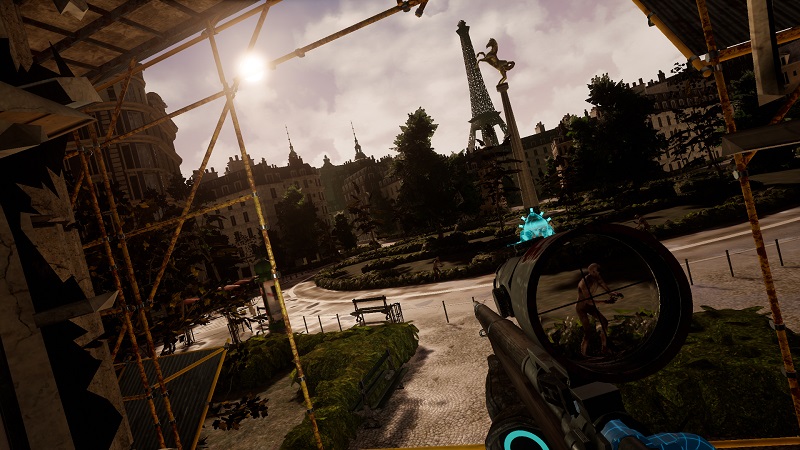
Environment design is reminiscent to some of the locations within Killing Floor 2, but by no means anywhere near completely identical. For instance, Farmhouse has lots of trailers and outbuildings; Catacombs that are similar to those from Killing Floor 2 in the sense of tension as you are simultaneously underground and have the feeling that a Zed could be around any corner; Paris contains offices and sniping Zeds as they approach the building; and the research laboratories situated throughout the Biotics Lab.
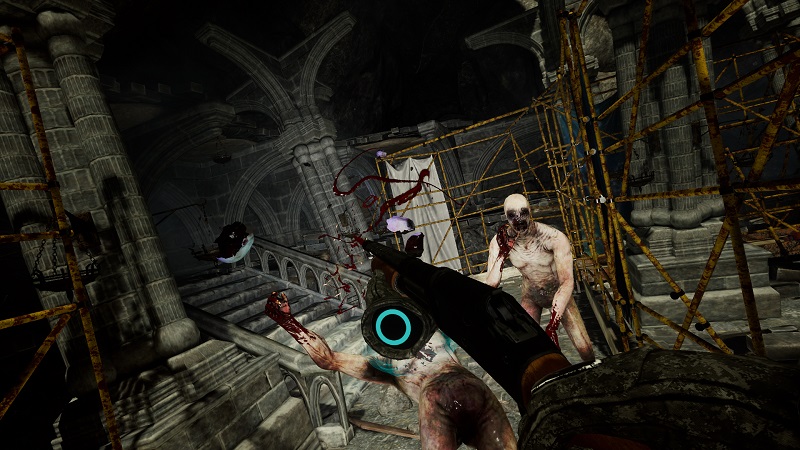
Calibration allows the player to choose a preference of sitting or standing and right or left-handed. The controls are appropriately mapped to two PlayStation Move controllers that represent your left and right hands with a control scheme consisting of pressing the trigger button on the right or left-handed PlayStation Move to fire weaponry situated in that hand; pressing triangle on the left-handed Move controller to reload the left-handed weapon; pressing square on the right-handed Move controller to reload the right-handed weapon; dropping weapons or picking up weapons from your surroundings by pressing square on the left-handed Move controller or triangle on the right-handed Move controller when dual-wielding weapons; holstering pistols by utilising the motion sensing functionality of the Move controllers followed by pressing the trigger button on each Move controller; a flashlight is fitted to your character’s body that can be picked up by using the gyroscopic motion sensing functionality of the left or right-handed Move controller to reach down for the flashlight followed by pressing the trigger button to turn the flashlight on and can be positioned back on the front of your character’s body while remaining switched on to produce light in darker areas; pressing X or O on the right-handed Move controller to manoeuvre your character 90 degrees at a time; and holding the move button on the left-handed Move controller while using the gyroscopic motion sensing functionality of the Move controller to choose exactly where you want to teleport to before releasing the move button to teleport there, alongside a full locomotion calibration option if you prefer continuous movement instead of teleportation. PlayStation Move’s gyroscopic motion sensing functionality allows the player to aim the weapon in the respective hand, while head tracking is utilised efficiently enabling the player to seek out enemies attacking from different angles, alongside vibration occurs to reflect the recoil of the weaponry being fired.

Graphically, Killing Floor: Incursion VR possesses enemy models that are on par with those previously seen in Killing Floor 2, while the bullet time effect referred to as Zed time is implemented to the same quality as Killing Floor 2, alongside some nice touches to the surrounding environments such as cobwebs in the farmhouse with a view of the stars in the night sky, while there is horror from the shadows and relief from the flashlight when shone upon dark environments.
Killing Floor: Incursion VR’s presentation is immersive as each area of the menus are layered in the sense of what you would anticipate from stereoscopic 3D with menu options in the foreground and the title logo situated in the background. The highlight of the menus includes the use of the gyroscopic motion sensing functionality of both Move controllers to reach out and touch the preferred option.
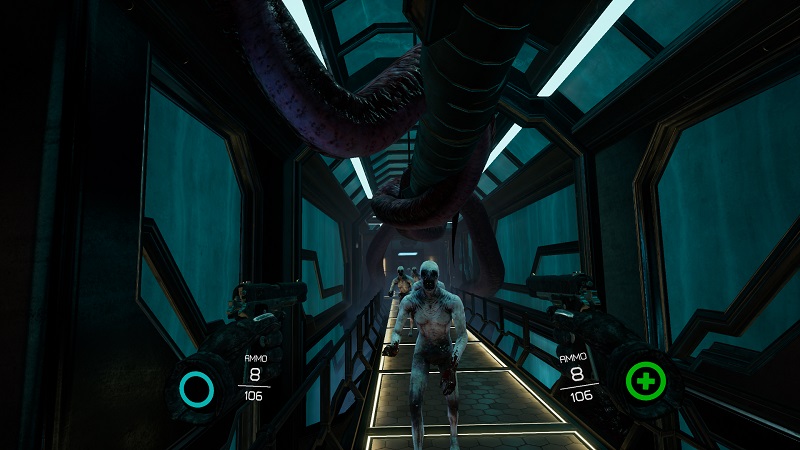
Voice-overs help to tell the story of what is going on around your character such as the scientists at the lab that place your character into the simulation or current mission objectives provided by Emma Rose in story mode and informing the player of when a new weapon or power-up has spawned within holdout mode. Sound effects include firing weaponry and performing melee attacks at Zeds, Zeds attacking your character, picking up items and moving around the environments, while ambience certainly adds to the tension; complimented by atmospheric music.
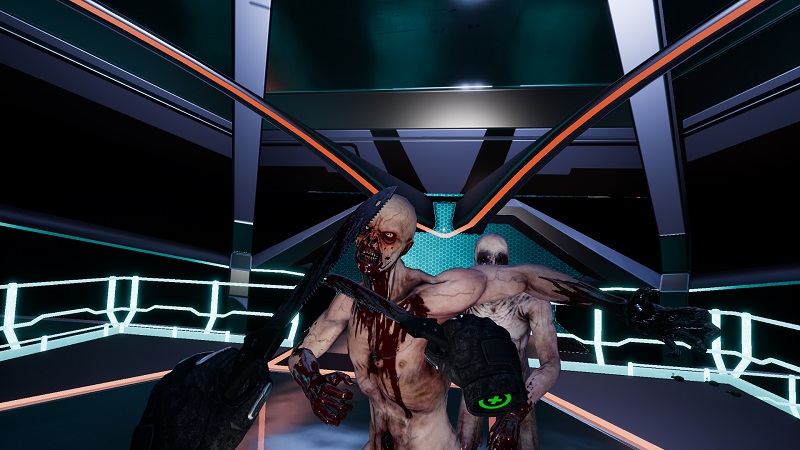
The trophy list includes 30 trophies with 16 bronze trophies, 7 silver trophies, 6 gold trophies and 1 platinum trophy. Easier trophies include the Stop Hitting Yourself bronze trophy for dual-wielding Zed limbs, while harder trophies include the Holdout Diamond gold trophy for scoring 10,000 points in holdout mode and the You Got Anything Harder gold trophy for beating the game on hardcore difficulty. The majority of the trophy list comprises of completing 4 maps in single player and online co-operative multiplayer for 4 bronze trophies and 4 silver trophies respectively, alongside multiple bronze and silver trophies for completing an entire level with a particular weaponry loadout for your character. It is estimated that depending upon skill and a good trophy guide to provide some helpful tips that it would take between 20 to 30 hours to platinum the trophy list.
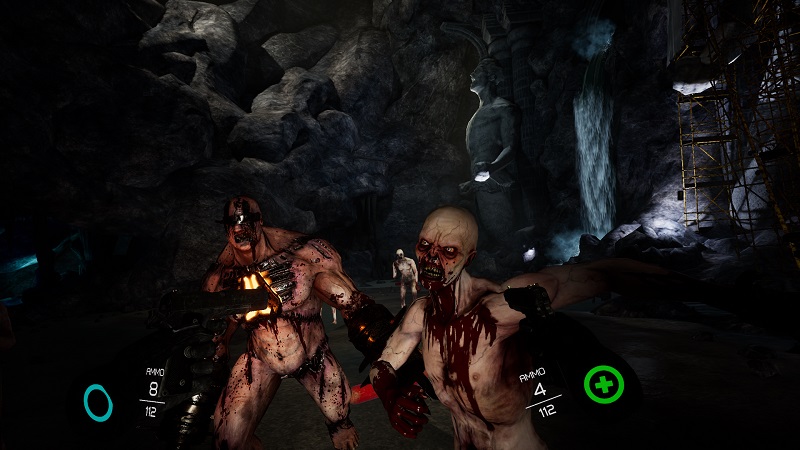
There are two difficulty levels including normal and hardcore with the major differences being that enemies are undoubtedly faster in their movement speed and the offence they bring to your character through swift repeated attacks from all directions, while there is an alarming increase in the quantity of enemies simultaneously surrounding your character throughout hardcore difficulty.

Killing Floor: Incursion VR offers online co-operative multiplayer throughout story mode and holdout mode, although it is somewhat stripped back in comparison to that of Killing Floor 2 which supported up to 12 players; whereas Killing Floor: Incursion VR supports 2 players and there is no perks system for your character. Meanwhile, there is no online competitive multiplayer which could have been an adaptation of Vs. Survival from Killing Floor 2 were one team takes the role of the mercenaries and the other team controls the Zeds. However, online co-operative multiplayer is still quite entertaining and performs to the same pacing and graphical fidelity of the single player story and holdout mode other than for the fact that one player cannot see your ally’s entire character.
For family and friends situated in the same room; the TV presents what the player is experiencing, albeit without the same quality of depth in comparison to virtual reality. There is no social screen multiplayer which is a missed opportunity to introduce local multiplayer through having the VR player taking on the role of the lead character, while the TV player controls the Zeds in an attempt to prevent the lead character from defeating every Zed and progressing onto the next area through by controlling one Zed after another and deciding their approach in a competitive multiplayer battle.
Online leaderboards focus on the highest scores and the amount of time the players survived for on each map in holdout mode within the top 10 global players and amongst your friends scores too with each leaderboard containing each player’s rank; name (PSN ID); the highest score set by each player; and the duration the player managed to survive.
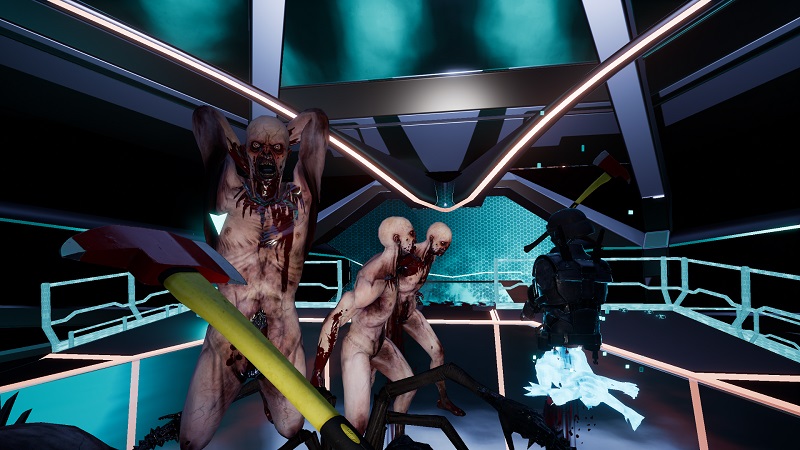
Killing Floor: Incursion VR’s replayability stems from a story mode comprising of four unique environments and multiple endings, while holdout mode focuses on survival gameplay situated in five maps, alongside a plethora of Zeds to defeat with numerous weapons in single player and online co-operative multiplayer for 2 players in story mode and holdout mode in addition to online leaderboards for holdout mode.
Analysis
- Title: Killing Floor: Incursion VR
- Developer: Tripwire Interactive
- Publisher: Tripwire Interactive
- System: PlayStation VR
- Format: PSN Download
- Cross-Buy: No
- Cross-Play: No
- Players: 1 (Single Player)/2 (Online Co-operative Multiplayer)
- Hard Drive Space Required: 10.81GB (Version 1.03)
